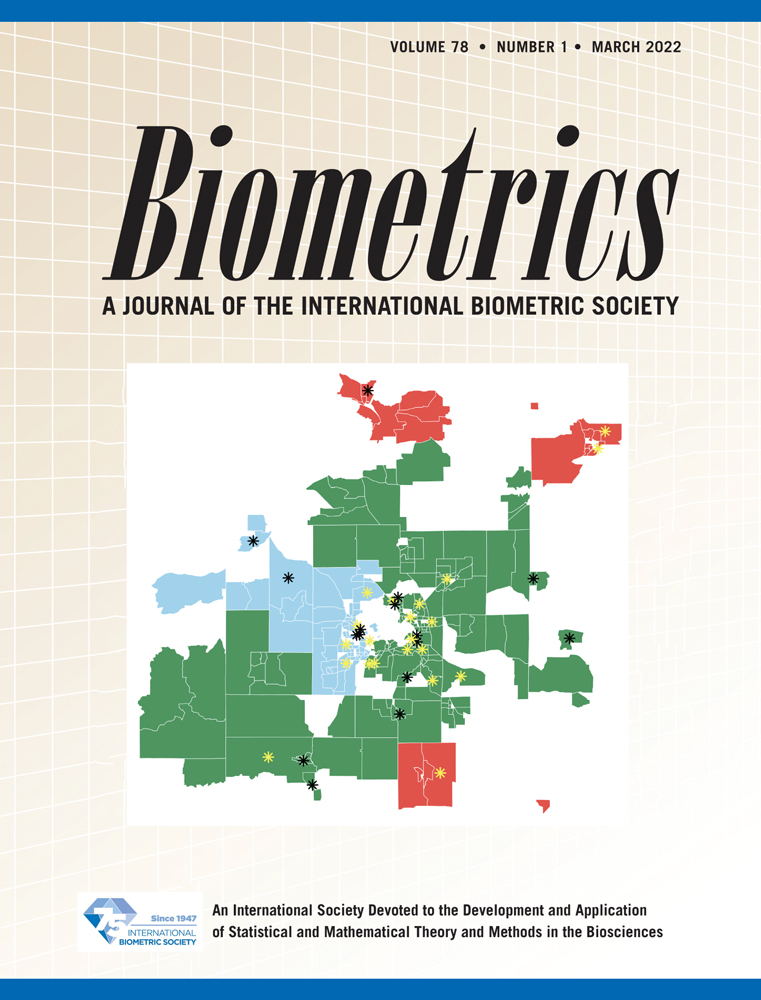A latent capture history model for digital aerial surveys
Abstract
We anticipate that unmanned aerial vehicles will become popular wildlife survey platforms. Because detecting animals from the air is imperfect, we develop a mark-recapture line transect method using two digital cameras, possibly mounted on one aircraft, which cover the same area with a short time delay between them. Animal movement between the passage of the cameras introduces uncertainty in individual identity, so individual capture histories are unobservable and are treated as latent variables. We obtain the likelihood for mark-recapture line transects without capture histories by automatically enumerating all possibilities within segments of the transect that contain ambiguous identities, instead of attempting to decide identities in a prior step. We call this method “Latent Capture-history Enumeration” (LCE). We include an availability model for species that are periodically unavailable for detection, such as cetaceans that are undetectable while diving. External data are needed to estimate the availability cycle length, but not the mean availability rate, if the full availability model is employed. We compare the LCE method with the recently developed cluster capture-recapture method (CCR), which uses a Palm likelihood approximation, providing the first comparison of CCR with maximum likelihood. The LCE estimator has slightly lower variance, more so as sample size increases, and close to nominal coverage probabilities. Both methods are approximately unbiased. We illustrate with semisynthetic data from a harbor porpoise survey.
Open Research
DATA AVAILABILITY STATEMENT
Data sharing is not applicable to this paper as no new data were created or analysed in this paper.




